Current Section: model
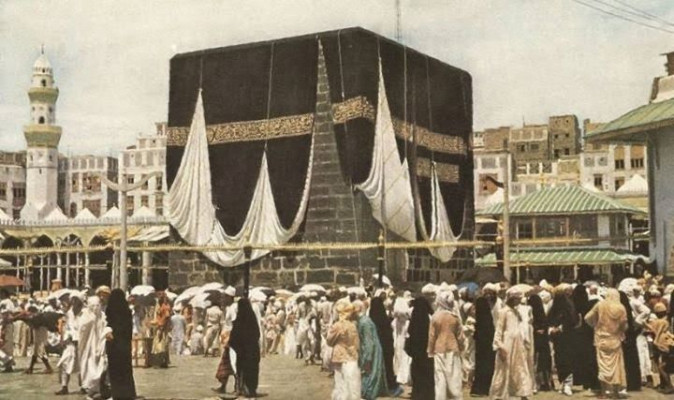
Lesson Description of Umrah (Lesser Pilgrimage)
Umrah is an act of worship during which the pilgrim, in a state of Ihram, completes seven circuits of Tawaf around the Kaaba, walks seven times between the hills of Safa and Marwa, and then shaves his head or cuts his hair.

The Ruling of Umrah
Umrah is obligatory for those who can afford it once in their lifetime, and it is recommended to perform it regularly, according to one’s ability.
Allah says: (Complete the Hajj and the Umrah for Allah.) [Surah al-Baqarah:196]
Aisha (may Allah be pleased with her) said: "I (once) asked O Messenger of Allah ﷺ do women have to make jihad?" The Prophet replied: «Yes, upon them is jihad but with no fighting - Hajj and Umrah.» (Ahmad, 25322, Ibn Majah, 2901)
The Virtue of Umrah
Umrah may be performed anytime throughout the year, but performing it during the month of Ramadan, the reward is multiplied and is equivalent to making Hajj. Ibn Abbas reported that the Prophet ﷺ said: «Perform Umrah in the month of Ramadan, as it is equivalent to Hajj or Hajj with me (in reward).» (Al-Bukhari, 1863, Muslim, 1256)
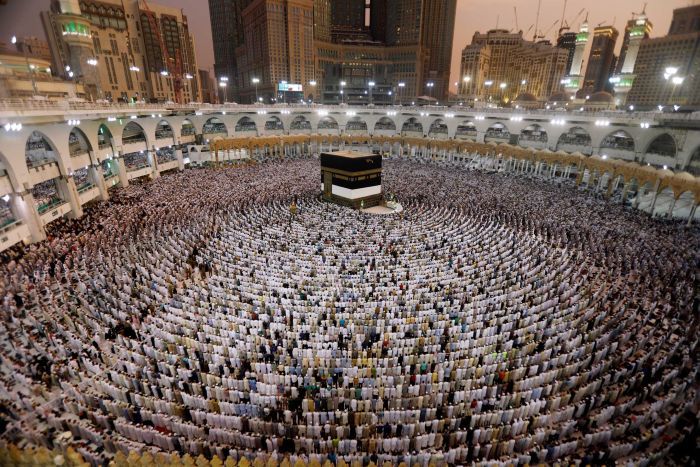
Description of Umrah
If a pilgrim wishes to be ritually pure for Umrah, he should remove his clothing and perform ghusl (bath). He should perfume his head and beard and put on the Ihram clothes.
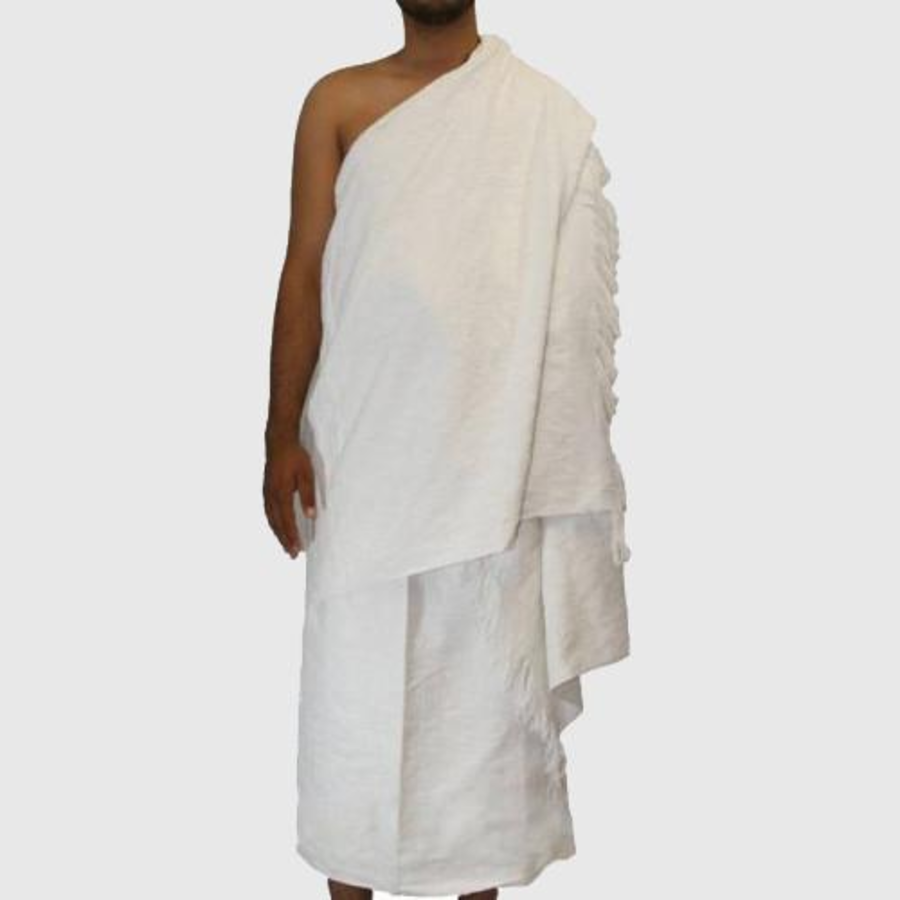
The pilgrim then prays the obligatory prayer, if it's time, at the Miqat. Otherwise, he makes his intention by praying the two Sunnah Raka'at, which are made each time Wudhu is performed. When he finishes his prayer, he should say: "Here I am, O Allah making Umrah."
-
When a pilgrim enters the Sacred Mosque, he puts forth his right foot first and says a supplication to enter the mosque. When he reaches the Kaaba, he stops saying the Talbiyah (Allahuma labaik...) before he begins the Tawaf. It is recommended for a man to uncover his right shoulder during the arrival tawaf by placing the center of his Ridaa (the towel used to cover the upper torso) under his right armpit, placing both ends over his left shoulder.
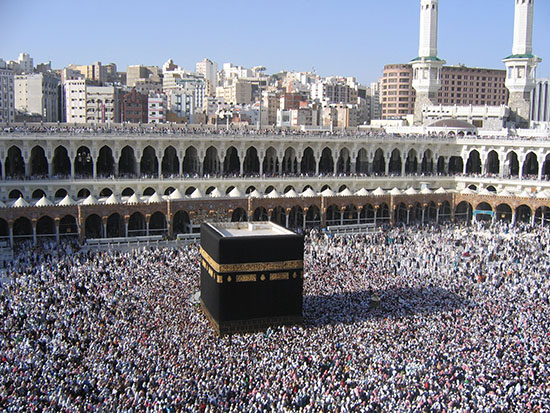
He approaches the Black Stone to start the Tawaf, touches it with his right hand, and kisses it. If this isn't possible, he should face and point to the Black Stone. Then, the pilgrim must walk, keeping the Kabaa on his left. He completes seven circuits. During the first three circuits, he takes small, fast steps.
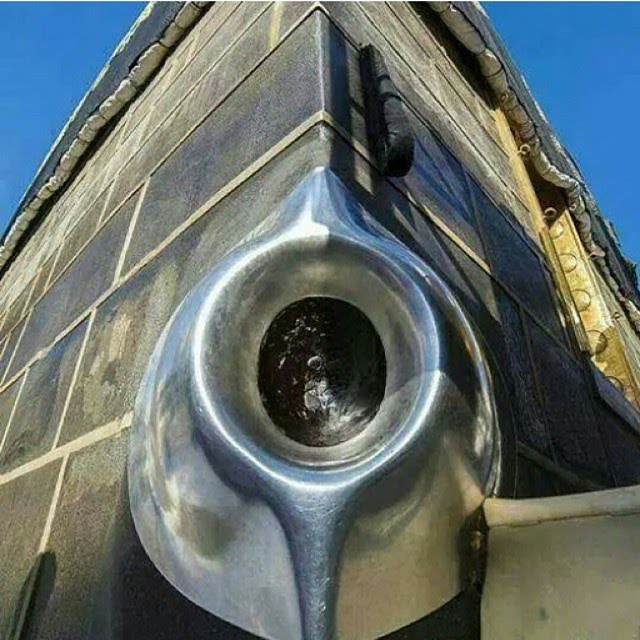
-

Each time he passes the Black Stone, he should say: "Allah is the Greatest." Then, during the remainder of his Tawaf, he may say any supplication that pleases him, such as mentioning Allah and reciting the Quran.
When completing seven circuits of Tawaf, he may return his upper covering over his right shoulder. Then, the pilgrim tries to approach the station of Ibrahim (Maqam Ibrahim) or from any place in the Mosque and prays two short raka’at. During the first raka’ah, he recites, after Surah al-Fatiha, Surah Al-Kafirun, and during the second one, Surah Al-lkhlas, after Surah al-Fatiha.
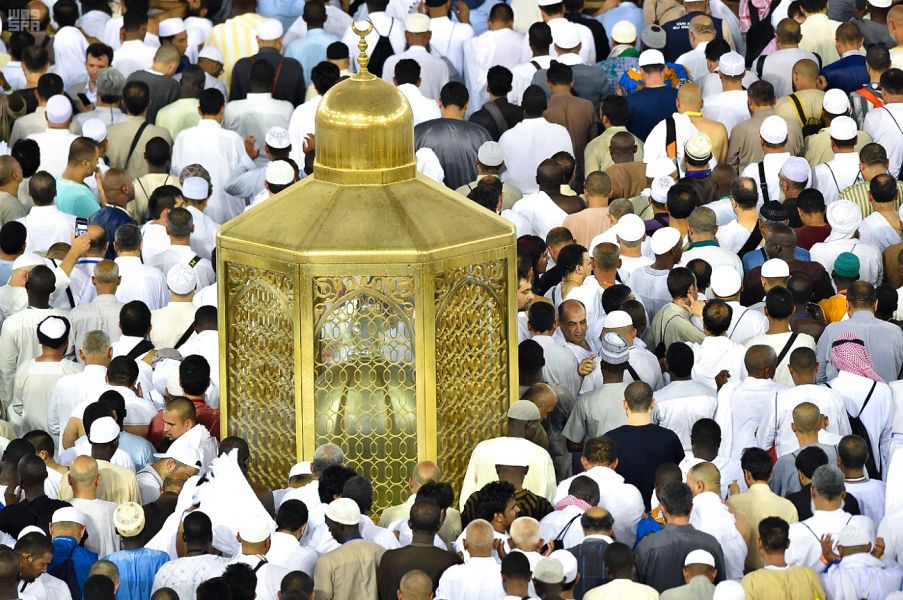
The pilgrim then goes out to the Mesa'a (place of sa'i), and when he nears Safa, he recites: (Verily Safaa and Marwa are among the shrines of Allah.) saying: 'We begin with what Allah began with.'

He ascends Safa, faces the Kabaa, raises his hands, praises Allah, and makes any supplications he chooses. The Prophet ﷺ prayed: "There is no god but Allah, alone, without any partner. The Kingdom and praise belong to Him, and He has power over everything, He fulfilled his promise, gave victory to His servant, and defeated the parties alone," three times, supplicating in between each time he says it.
-
He descends Safa and heads for Marwa at a normal pace until he reaches the green marker. He is then recommended to run fast until the next green marker. Women are not allowed to run between the markers, rather, they walk at a normal pace for the entire Sa’i.
-
He continues toward Marwa at a normal pace. When he reaches it, he ascends it, faces the Qibla, raises his hands, and repeats what he said on Safa but without reading the Quranic verse, nor should he say: 'I start with what Allah started with.'
-
He continues this procedure until he completes seven laps. Going from Safa to Marwa is a lap, and returning is another lap. During his Sa’i, he is recommended to say any supplications he wishes, recite the Quran, and be purified from major and minor impurities.
-
Once the sa'i is complete, the pilgrim shaves his head (Halq) or cuts his hair (Taqsir), but shaving his head is better.
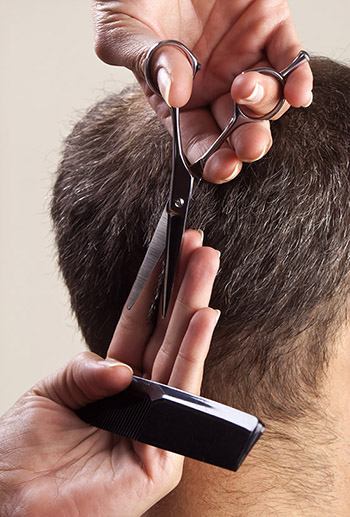
Abdullah ibn Umar reported that the Prophet ﷺ said: «O Allah, have mercy on those who shave.» They said, "And those who shorten O Messenger of Allah ﷺ." He said: «And those who shorten.» (Al-Bukhari, 1727, Muslim, 1301)
A woman cuts her hair the length of a fingertip. With that, Umrah is completed, and everything that was forbidden when in ihram now becomes permissible again.


